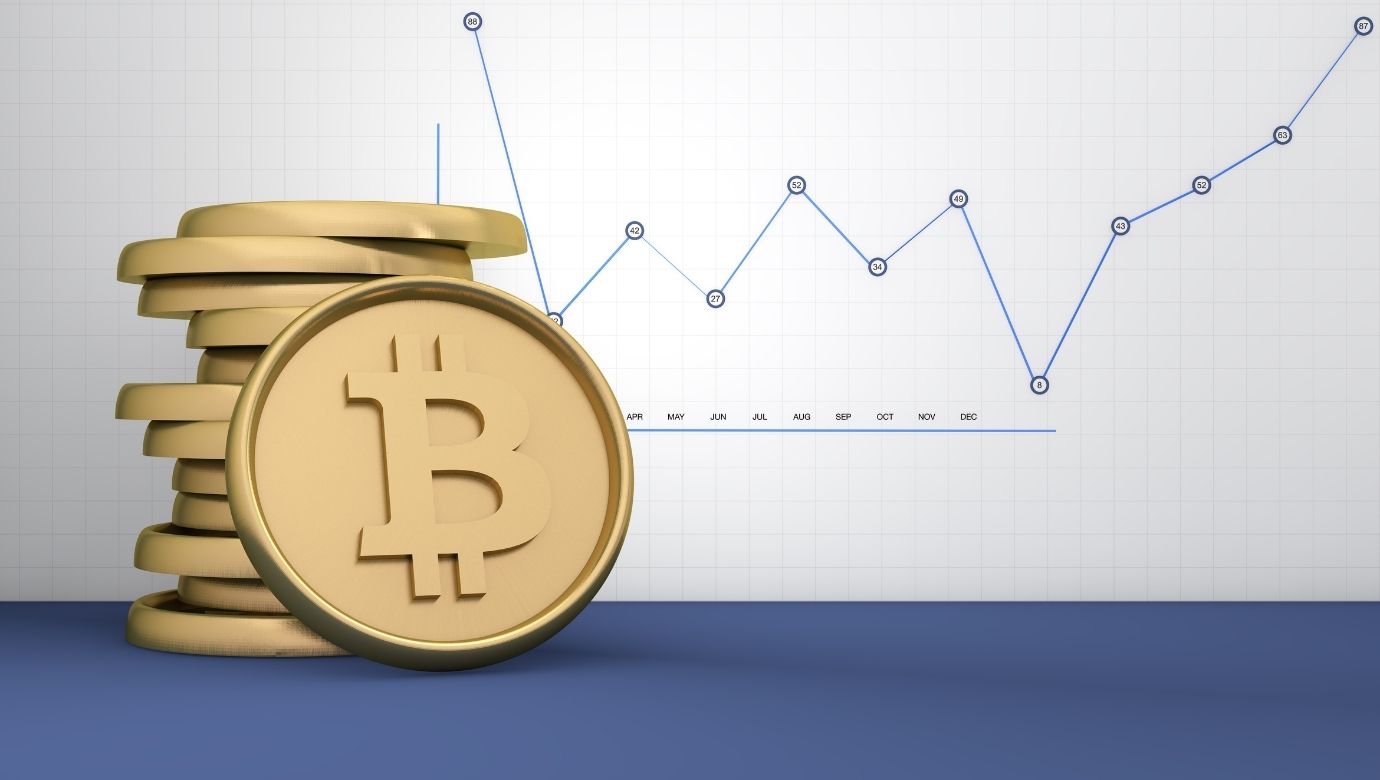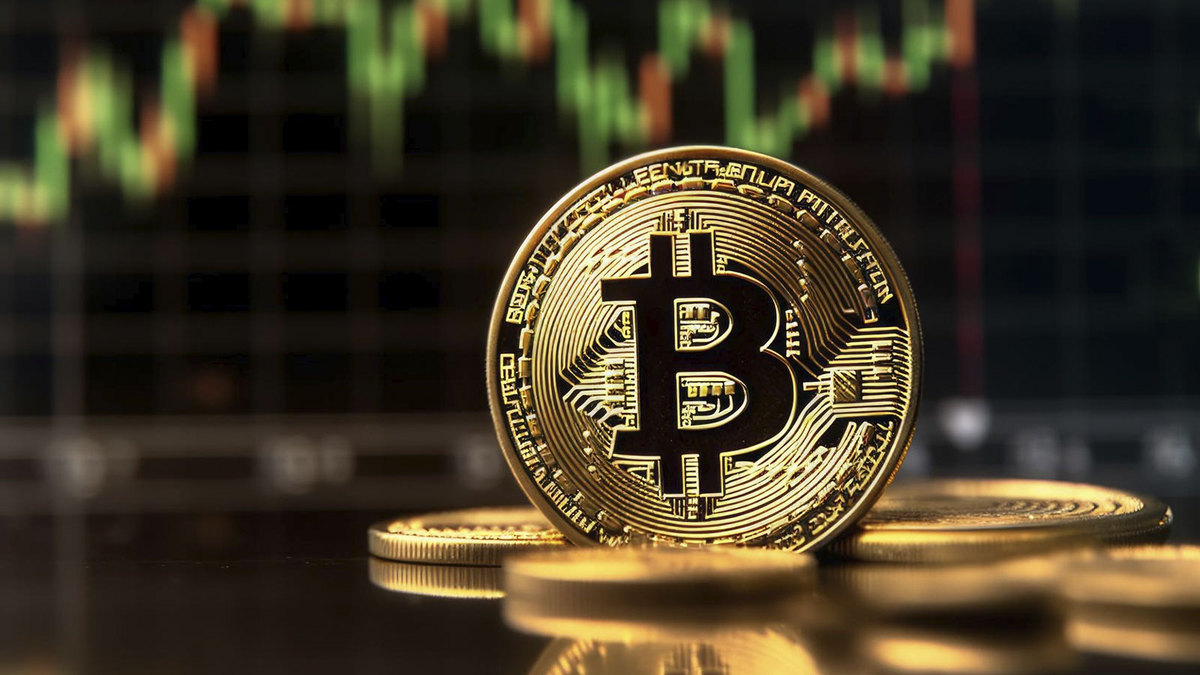Bitcoin is the first decentralised digital currency in the world, and it still fascinates investors, technologists, and economists. The Bitcoin price is at the heart of this interest. The Bitcoin price is a fluctuating figure that indicates how its status as a speculative asset and a store of value is evolving. This article looks at the main things that affect Bitcoin’s price changes, the main things that affect its value, and the bigger effects it has on the financial world.
Bitcoin Price: Historical Milestones
Satoshi Nakamoto first announced Bitcoin in 2009. At the time, it was only a cryptography experiment with no real monetary value. People who entered the Bitcoin market early mined coins using minimal hardware and traded them for just a few cents. The first documented price for Bitcoin was less than a penny, which shows how little people knew about it at the time. But during the next ten years, the story of Bitcoin’s price changed a lot. In 2011, the cryptocurrency was worth the same as the US dollar, which piqued interest outside of tech circles.
In 2017, Bitcoin’s price shot up to around $20,000 thanks to a lot of media coverage, excitement from retail investors, and a lot of Initial Coin Offerings (ICOs). Following this peak, the market experienced a significant decline, often referred to as the “crypto winter.” In 2018, prices fell below $4,000. There was a revival in the years that followed, especially from 2020 onwards, thanks to involvement from institutions. Tesla and MicroStrategy, among other companies, reported big purchases of Bitcoin, which pushed prices beyond $60,000. The institutional support solidified Bitcoin’s reputation as “digital gold,” a highly sought-after commodity due to its rarity, security, and decentralised nature.
Bitcoin Price Influencing Factors
Bitcoin prices are affected by supply and demand, macroeconomic factors, technology, and regulations in complex ways. The structure of Bitcoin restricts its supply to 21 million coins, thereby preventing price increases. Its value comes from its scarcity, unlike central bank-regulated fiat currencies. Four-year “halving” episodes occur for Bitcoin. These incidents halve mining rewards and slow coin production. In the past, halvings tightened supply and raised prices. Such incidents happened in 2012, 2016, 2020, and others. People want Bitcoin for several reasons. Retail investors often view Bitcoin as speculative due to its price volatility and potential profit opportunities. In light of massive monetary stimulus and rising global inflation, institutional investors are realising that Bitcoin can guard against inflation and diversify a portfolio.

In countries experiencing economic crises, currency devaluation, geopolitical uncertainty, and concerns about fiat money stability have fuelled Bitcoin demand. Changes in rules affect costs greatly. Clear and positive laws, like Bitcoin ETFs or tax cuts, promote confidence and prices. However, crackdowns and prohibitions like China’s 2021 mining and trade curbs might create catastrophic sell-offs. Investors must monitor the ever-changing global regulatory landscape. Ecosystem technology changes impact Bitcoin pricing. By making transactions faster and cheaper, the Lightning Network tackles scalability issues that could kill adoption. Debates regarding Bitcoin mining’s environmental impact influence public opinion and government policy, which impacts market confidence.
Market Sentiment Drives Volatility
The psychology and mood of the market are what make Bitcoin’s price so volatile. News cycles, social media activity, and powerful individuals shape investor behaviour. Tweets from famous people like Elon Musk have sometimes caused prices to change right away, showing how powerful digital conversation can be. Community-driven sites like Reddit and Twitter are where crypto fans gather to talk about and sometimes hype up new coins. This social interaction makes prices change quickly, especially during bull runs or panic sell-offs.
Bitcoin’s growth has led to parallels with gold and other conventional safe-haven investments. Similar to gold, the limited supply of Bitcoin serves as a safeguard against inflation and declining money value. Bitcoin’s digital form, on the other hand, gives it some unique benefits, such as being able to be divided, easily transferred, and programmed. Banks and other financial organisations that were initially sceptical are now using Bitcoin more and more in their investment strategies, either directly or through derivatives and funds. This institutional involvement is slowly changing the perception of Bitcoin from being only a speculative asset to being a real part of diverse portfolios.
Tracking Bitcoin Price Tools
Investors who want to know the current price of Bitcoin use sites like CoinMarketCap, CoinGecko, and CryptoCompare, which collect information from exchanges all around the world. These tools help you make smart choices by showing you price charts, volume data, market capitalisation, and historical patterns.
![]()
Bloomberg, Reuters, and CNBC are just a few of the traditional financial news sites that now regularly report on Bitcoin price changes and market developments. This shows how important it has become in the mainstream. Blockchain analytics businesses like Glassnode also give on-chain data to keep an eye on how investors act, how much mining is going on, and how much liquidity there is.
Bitcoin Price Future Outlook
A mix of new ideas, widespread use, and outside economic factors will affect the future direction of Bitcoin’s price. Analysts use several different models to anticipate price potential. One of these is the stock-to-flow model, which predicts price depending on how rare something is. Critics say that the asset is so complex that you shouldn’t rely too much on any one method. More clear rules could either help or hinder growth. Also, as the larger crypto ecosystem grows with things like decentralised finance (DeFi), non-fungible tokens (NFTs), and blockchain interoperability, Bitcoin’s role as the base currency for digital finance may become even stronger. In the end, the price of Bitcoin will keep changing based on a mix of new technologies, how investors feel, global economic patterns, and changing rules and regulations.
Final thoughts
Linking to pages like “How Bitcoin Mining Works,” “Blockchain Technology Explained,” and “Cryptocurrency Regulation Worldwide” will help readers learn more and improve SEO for the whole site. Links to trusted sources like the Bitcoin.org Whitepaper, the U.S. Securities and Exchange Commission (SEC) for updates on rules, and data platforms like CoinMarketCap add legitimacy and give useful context.







